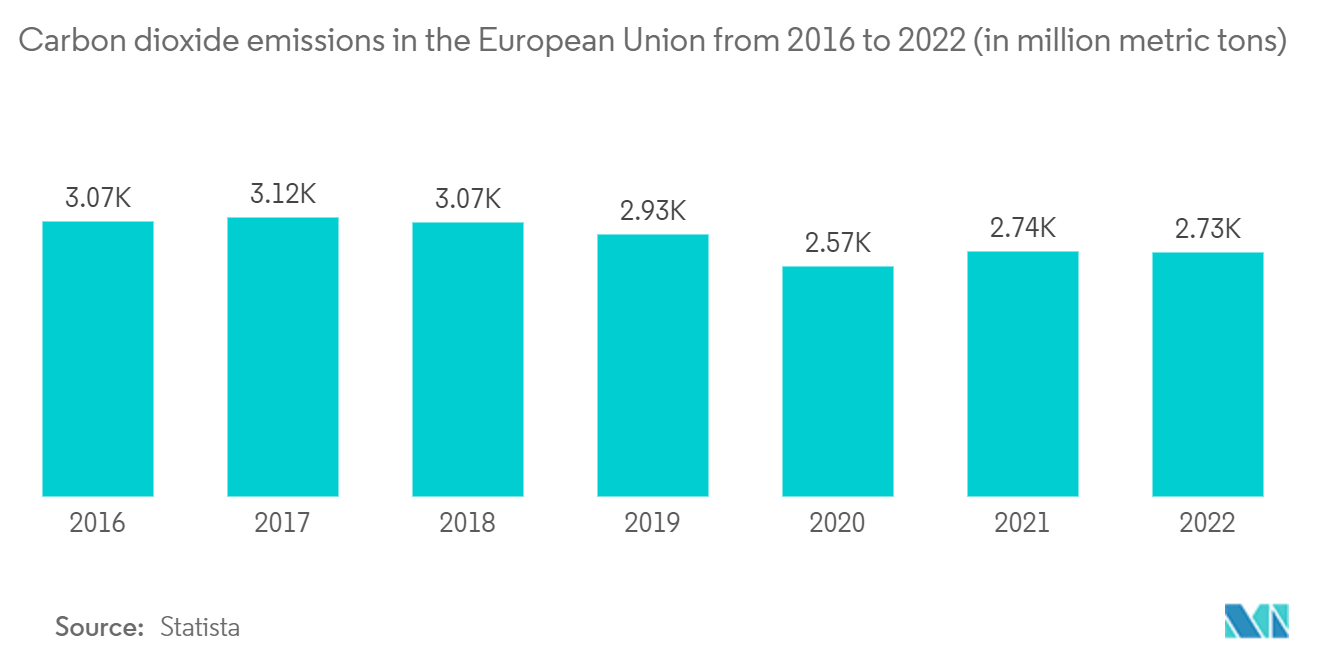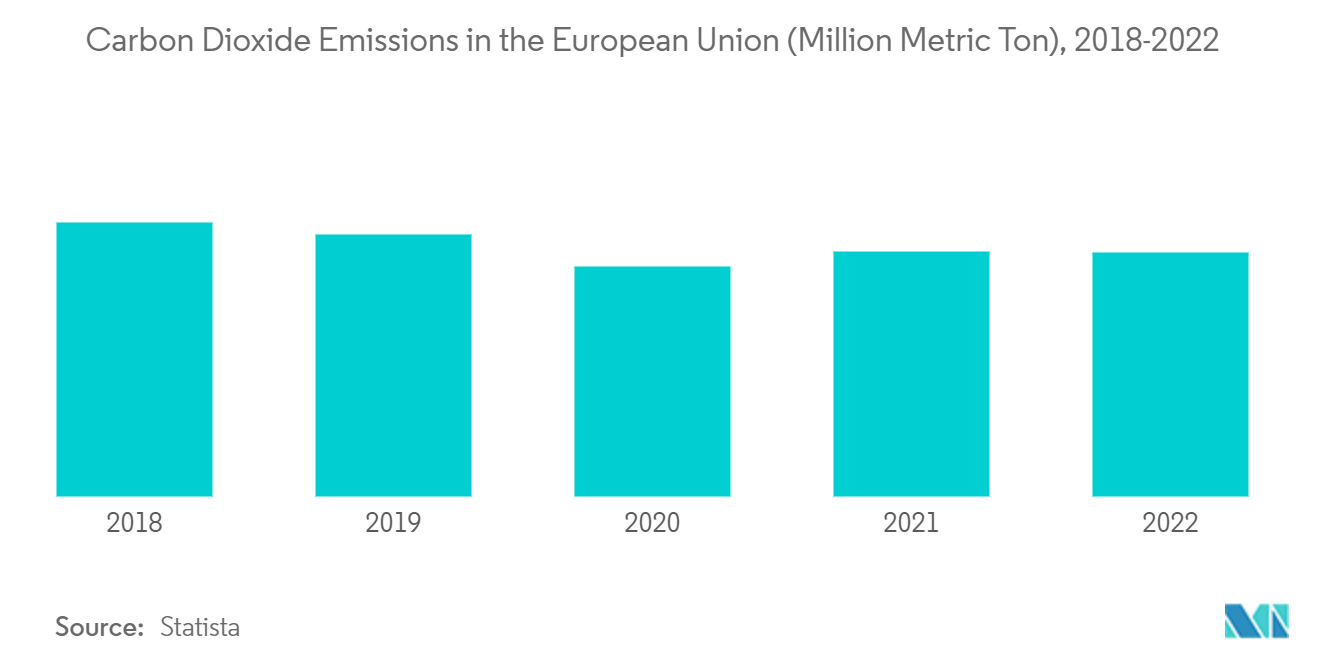Market Trends of Europe Automotive Exhaust Aftertreatment Systems Industry
Growth in Emission Control Technology in Automotive and Transportation Industry
Exhaust Aftertreatment Systems engineers work hand in hand with OEM manufacturers to develop emissions control systems. It enables both gasoline and diesel-powered engines to provide cost-effective solutions while also mandating emissions level regulation set by the government.
Technologies such as particulate control, compound control, NOX control system, and newer exhaust system featuring air gap pipe, designed to work together with other components, provide superior thermal efficiency and improve fuel economy.
The demand for gasoline-powered light commercial vehicles is growing due to the less initial cost as compared to diesel and alternative fuels as well as less maintenance cost than diesel vehicles. Moreover, the liberty to incorporate CNG as a fuel option, which substantially minimizes operational costs and reduces carbon emissions, is driving the demand for a gasoline-light commercial vehicle. It, in turn, is likely to witness major growth for the market during the forecast period.
Growing collaboration between the automotive component and vehicle manufacturers for the development of exhaust after-treatment systems across the region is likely to witness major growth for the market during the forecast period. For instance,
- In December 2022, Delphi Technologies introduced a new Hartridge diesel particulate filter (DPF) cleaning machine for light and medium-duty applications. The DPF improves vehicle fuel efficiency and improves exhaust emission functions.
The Diesel Particulate Filter (DPF) provides an effective solution in which an advanced modular design allows easy cleaning and servicing of engine vehicles for every 200,000 miles. Technologies such as ash modeling particulate computer-aided engineering and computational fluid dynamics help design better DPF systems. Also, such an advanced design allows technicians to remove the DPF from any vehicle in less than 15 minutes.

Stringent Emission Control Regulations Driving Growth
In 2022, sales of diesel vans across the European Union fell by 21.9% to 1.1 million units, as the general decline in the van market mainly affected diesel-powered vehicles. The four largest EU markets all suffered double-digit losses: France (-23.5%), Spain (-23.5%), Italy (-19.4%) and Germany (-17.0%).
After the Volkswagen scandal, automotive exhaust emission testing came under global scrutiny. Resulting in the European Commission gaining greater authority when it comes to the approval of car models in Europe. The uncovered United States Volkswagen scandal led to a European Union recall of 8.5 million vehicles, pushed the automaker into a crisis, and left policymakers in Europe scrambling to patch up regulatory loopholes that had existed.
These cars emitted 40% more than the legal limit of nitrogen dioxide (NOx). While nowadays, cars with new diesel engines are cleaner. Manufacturers are still exploiting loopholes to sell cars that emit much more pollutants than required. However, organizations such as the New European Driving Cycle (NEDC) now took up the task of certifying exhaust emissions of cars and light commercial vehicles, including NOx, by themselves instead of accepting third-party validation. A strict and defined laboratory test using a chassis dynamometer with well-defined ambient parameters is ideal for temperature and humidity.
In the 2021 study phase, a very strict regulation proposal was planned to reduce oxides of nitrogen (NOx) by less than half to 30 mg/km, which eliminated virtually all engine-equipped vehicles. But was vehemently opposed by European automobile groups and was not implemented. As a result, the NOx limit became the same at 60 mg/km as the current Euro-6.
Also, the legislative framework now granted access to Europe's Commission Enforcement powers to suspend or withdraw vehicle type approvals, launch recalls of non-compliant vehicles, and apply penalties.


